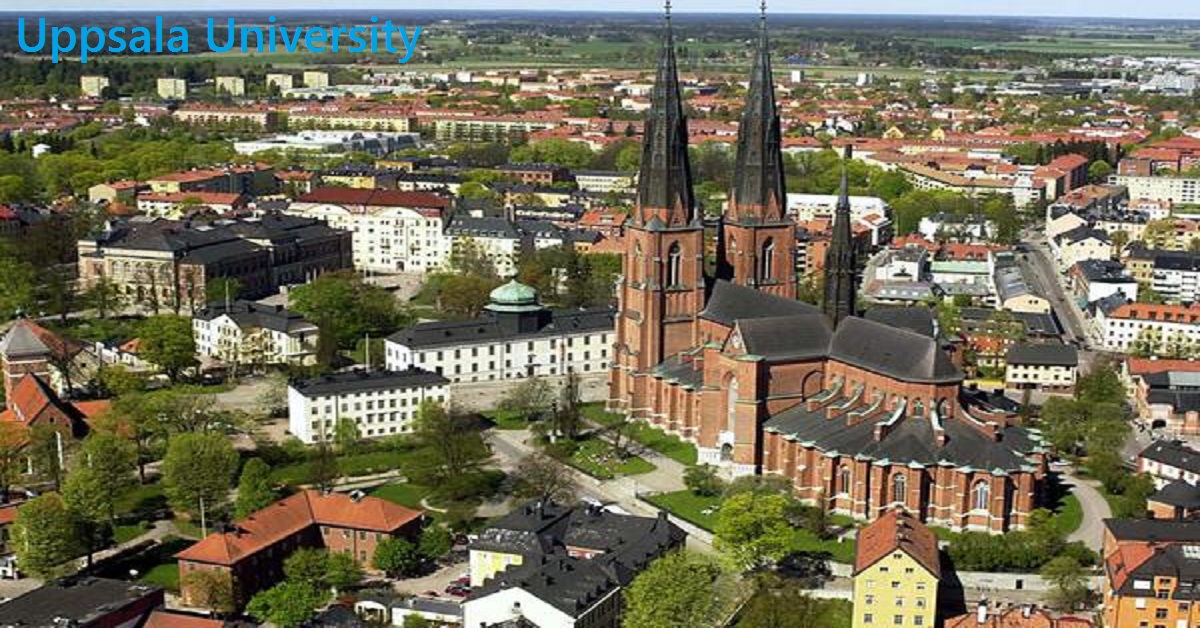
PhD student in in applied geophysics on three-dimensional inverse modelling and time-series processing of electromagnetic data
Uppsala University is a comprehensive research-intensive university with a strong international standing. Our ultimate goal is to conduct education and research of the highest quality and relevance to make a long-term difference in society. Our most important assets are all the individuals whose curiosity and dedication make Uppsala University one of Sweden’s most exciting workplaces. Uppsala University has over 54,000 students, more than 7,500 employees and a turnover of around SEK 8 billion.
The Department of Earth Sciences at Uppsala University is the largest and broadest as such in Sweden and includes Geophysics, Geology, Palaeontology, Hydrology, Meteorology, Natural resources and Energy programs. It is located next to the Geological Survey of Sweden (SGU) allowing a great level of interaction with researchers from SGU.
The electromagnetic geophysics group of the Geophysics Program will participate in an ERA-MIN3 project related to new exploration technologies for mineral resources. The focus areas will be development of geophysical lightweight instruments and novel three-dimensional (3D) joint imaging methods for electromagnetic (EM) and seismic methods as well as 3D geomodelling.
The advertised PhD student position is open in the Geophysics Program of the Department of Earth Sciences. This PhD project will aim at EM methods including time-series processing, 3D inverse modelling and field measurements as part of the ERA-MIN3 project.
Read more about our benefits and what it is like to work at Uppsala University
Duties
The PhD project aims at further developing a general 3D inversion code for frequency-domain controlled-source electromagnetic (CSEM) and radiomagnetotelluric (RMT) data collected on the Earth”s surface and in boreholes to allow for inclusion of prior information from reflection seismic images and borehole logs. A further focus point is the improvement of an EM time-series processing code to become more resilient to transient noise that frequently occurs in brown field exploration scenarios. Both developments will be based on existing codes developed at Uppsala University. In parallel, project partners from Finland, France and Poland will further develop distributed sensor systems, seismic 3D imaging methods, geoelectric 3D inversion and 3D geo-modelling. In combination, these developments are expected to lead to more comprehensive models of mineral prospects than currently available. The developments will be tested in combined seismic, EM and geoelectric field campaigns at a mineral prospect in Finland, for which logging data from a 1.7km deep borehole are available.
The successful candidate will be given ample opportunity to develop skills in EM field theory, time-series analysis, numerical methods such as finite elements, numerical linear algebra and gradient-based inversion techniques (e.g. non-linear conjugate gradients or quasi-Newton), parallel programming, acquisition and processing of EM field data, inclusion of seismic and borehole information in electromagnetic inversion models and interpretation of multi-dimensional resistivity models inverted from EM data. The successful candidate will cooperate with the project partners in the field campaigns and attend regular project meetings.
You can read more about being a PhD student at Uppsala University: https://www.teknat.uu.se/utbildning/forskarniva/
Requirements
The applicant should have a university degree at MSc level in geophysics, computer sciences, applied mathematics, physics or similar. (General entry requirement, i.e. a degree at advanced level (Master”s level) or fulfill the requirements for courses comprising of at least 240 credits of which at least 60 credits are at advanced level (Master”s level) or the equivalent.) A solid basis in mathematics and physics and adequate knowledge of programming languages (e.g. MATLAB, C++ or modern FORTRAN) are requirements. The applicant should have a good command on the English language as well as adequate writing and communication skills. Further, the applicant has to have a valid driver’s licence (class B or higher)
Additional qualifications
Experience with parallel computation will be an advantage. Knowledge of geologic and tectonic processes will be considered as a particular benefit.
Rules governing PhD students are set out in the Higher Education Ordinance chapter 5, §§ 1-7 and in Uppsala University’s rules and guidelines.
How to apply
Applications should include a letter of motivation including contact details of two referees, a CV, a list of publications (if any) and university transcripts and diploma (including the MSc certificate if already available) and a list of courses and grades.
About the employment
The employment is a temporary position according to the Higher Education Ordinance chapter 5 § 7. Scope of employment 100 %. Starting date 1 of May 2022 or as agreed. Placement: Uppsala.
For further information about the position, please contact: Thomas Kalscheuer, tel. +48 -18-4713819, e-post: thomas.kalscheuer@geo.uu.se.
Please submit your application by 31 of March 2022, UFV-PA 2022/668.
Are you considering moving to Sweden to work at Uppsala University? Find out more about what it´s like to work and live in Sweden.
Please do not send offers of recruitment or advertising services.
Submit your application through Uppsala University’s recruitment system.
Placement: Department of Earth Sciences
Type of employment: Full time , Temporary position longer than 6 months
Pay: Fixed salary
Number of positions: 1
Working hours: 100 %
Town: Uppsala
County: Uppsala län
Country: Sweden
Union representative: ST/TCO tco@fackorg.uu.se
Seko Universitetsklubben seko@uadm.uu.se
Saco-rådet saco@uadm.uu.se
Number of reference: UFV-PA 2022/668
Last application date: 2022-03-31


